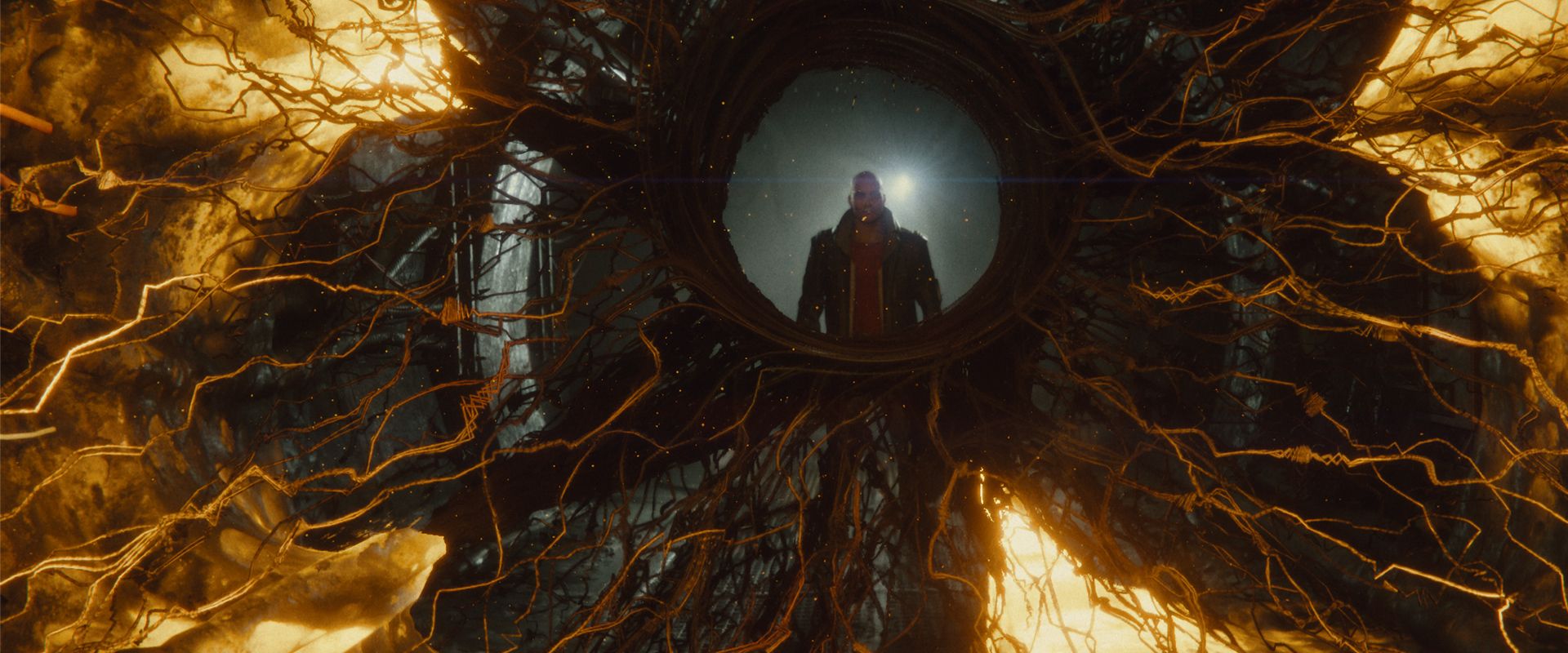

With the LTS and the TECH stream releases to choose from, you can pick the release that best fits your needs, depending on where you are in your development cycle. For creators who are about to embark on projects that are past the prototyping phase, Unity 2019.4 LTS provides stable, high-quality features that are supported for two years. You can confidently create your projects with that version during development and release.
Unity 2019 LTS stream has the same feature set as the 2019.3 TECH stream release.
Since the release of 2018 LTS, we’ve added hundreds of improvements and new features. Unity 2019 LTS makes artists and designers more productive with better tools and a new Editor UI. Our Scriptable Render Pipeline (SRP) technology, now out of Preview, helps you achieve best-in-class graphics on all platforms. We’ve also optimized Unity under the hood to facilitate more immersive experiences at runtime and to accelerate your project iterations.

If you need scalability for all supported platforms, high performance, and best-in-class visual quality, the Universal Render Pipeline is our recommended production-ready solution. To help you achieve stunning high-fidelity graphics on high-end hardware (PC, consoles, and future hardware), the High Definition Render Pipeline (HDRP) is now out of Preview, which means those of you already working with it will have a consistent upgrade path.

Our default code editor is now Visual Studio 2019, and IDE support has moved to packages. This LTS release also brings huge improvements to profiling, such as Player Deep Profiling and Call Stacks support. In Unity 2019 LTS, the Burst Compiler optimizes your output for the platform you’re compiling for, which can lead to huge performance improvements. Burst Compiler 1.3 offers native debugging and improved scalability and usability. .NET 4.x is now the default scripting runtime. Incremental Garbage Collection minimizes garbage collection spikes. Also, several quality-of-life improvements to scripting workflows reduce iteration times and make you more productive.

Shader Graph is now our production-ready solution for building shaders visually. Visual Effect Graph empowers you to create beautiful VFX in real-time, without coding, and is now compatible with Shader Graph. Unity 2019 also helps artists achieve more, directly within the Unity Editor, with new and improved terrain tools, as well as ProBuilder, our unique hybrid of 3D modeling and level design tools.

We’ve given the Editor UI a new look and feel by updating icons, fonts, and user feedback systems. Unity 2019 LTS increases clarity in the Editor, so creators can focus more on their content. Since Unity 2018 LTS, we’ve also added loads of workflow improvements to make you more productive in the Editor, such as Prefab Asset Editing in Inspector, Quick Search, Presets and Shortcut Manager. Unity 2019 LTS uses Asset Import Pipeline V2 to provide you with asset-dependency tracking and many other improvements, laying the foundation of a more reliable, performant and scalable pipeline and speeding up your import times significantly.

For mobile developers who aim to push mobile graphics and performance, Unity 2019 LTS brings improvements such as on-demand rendering, Adaptive Performance and improved OpenGL support.
Throughout 2019, we’ve also added and polished lots of tools for augmented reality (AR) and virtual reality (VR) developers. AR Foundation, our framework for multiplatform AR development, gives you the power to build your app once and deploy across ARKit, ARCore, Magic Leap and HoloLens platforms. With the High Definition Render Pipeline for VR, you can push your VR experiences to the next level of fidelity without sacrificing performance.
We now also offer support for approved developers to create and ship their games on Google’s Stadia cloud gaming platform.
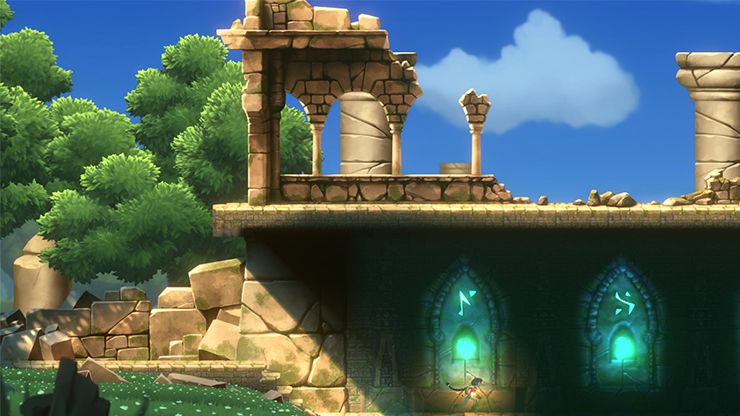
Unity now has the 2D feature sets and workflows you need for bone-based 2D animation, tile-based and organic world-building, and 2D physics, for projects of any scale on any platform.
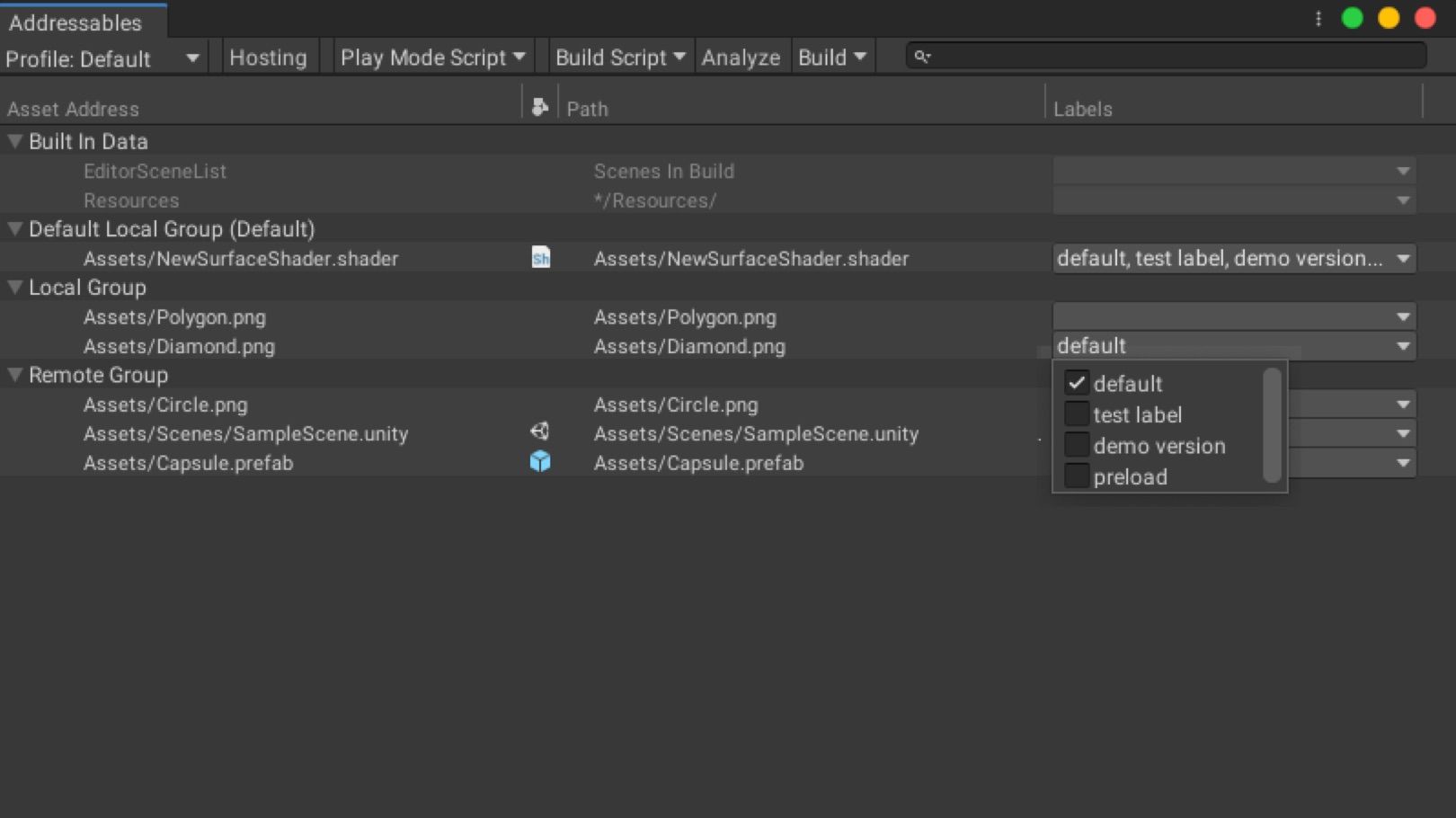
Efficiently manage complex live content. The new Addressable Asset System gives you an easy way to load assets by “address,” while also handling asset management overhead by simplifying content pack creation and deployment.
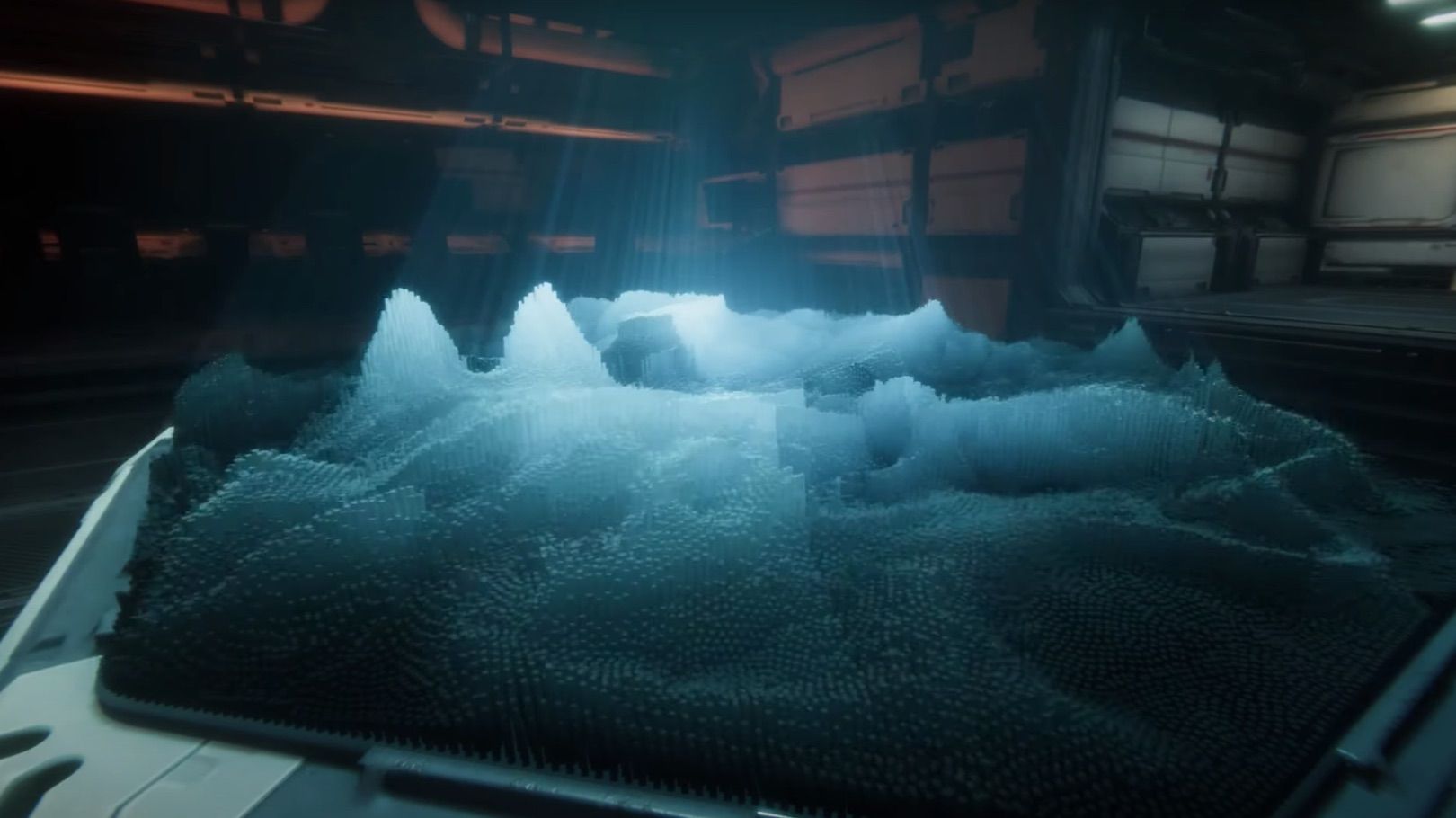
Visual Effect Graph now lets you use Shader Graph to create high-fidelity visual effects, so you can visually author your own pixel and fragment shaders and use them in VFX Graph to create custom looks.
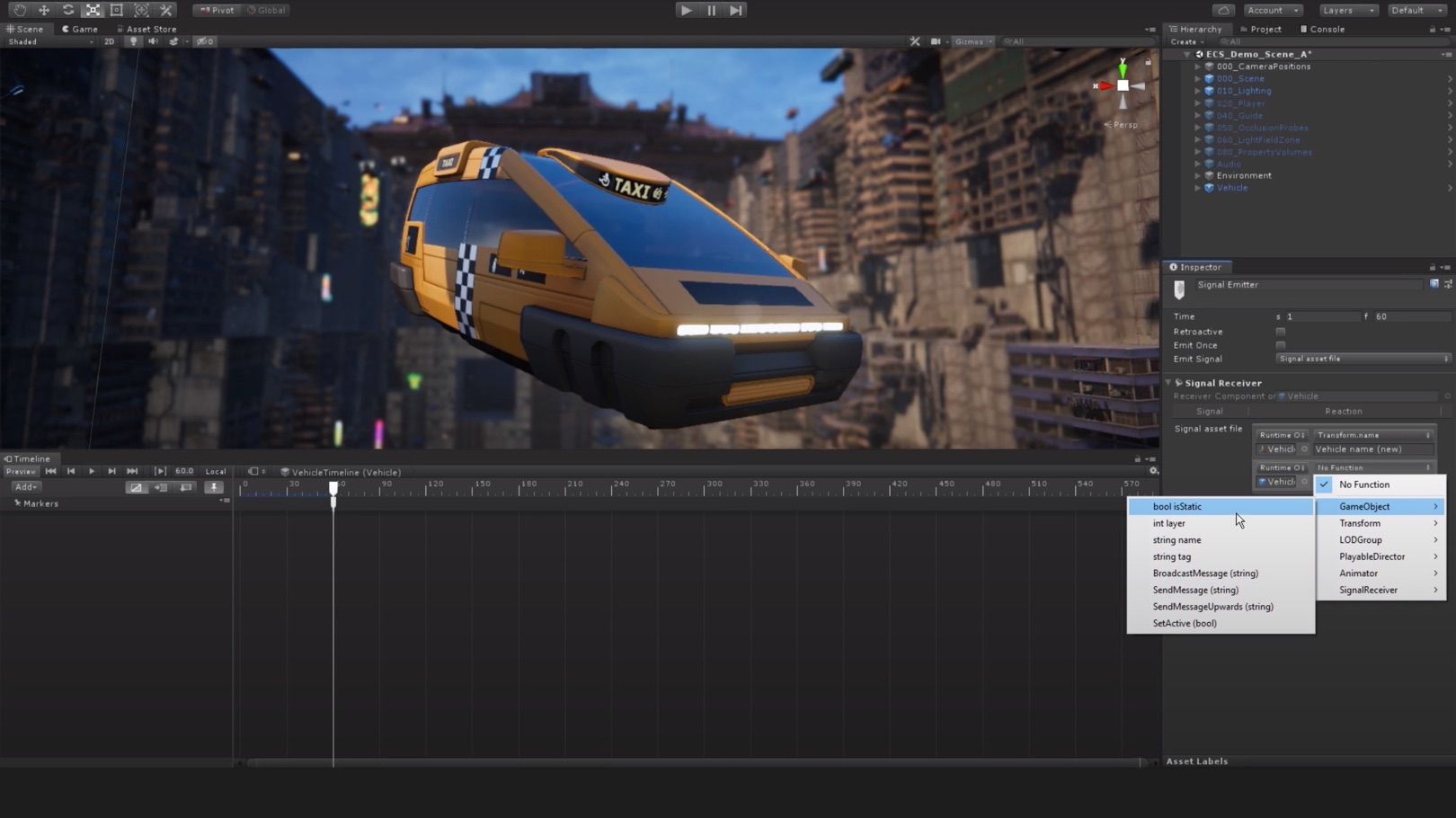
Timeline Signals offers an easy way for Timeline to interact with objects in a scene. Timeline Signals lets relevant systems know that it’s time to react to a specific event, for example, when a cutscene created with Timeline ends and you want to load a new scene and enable a physics system.
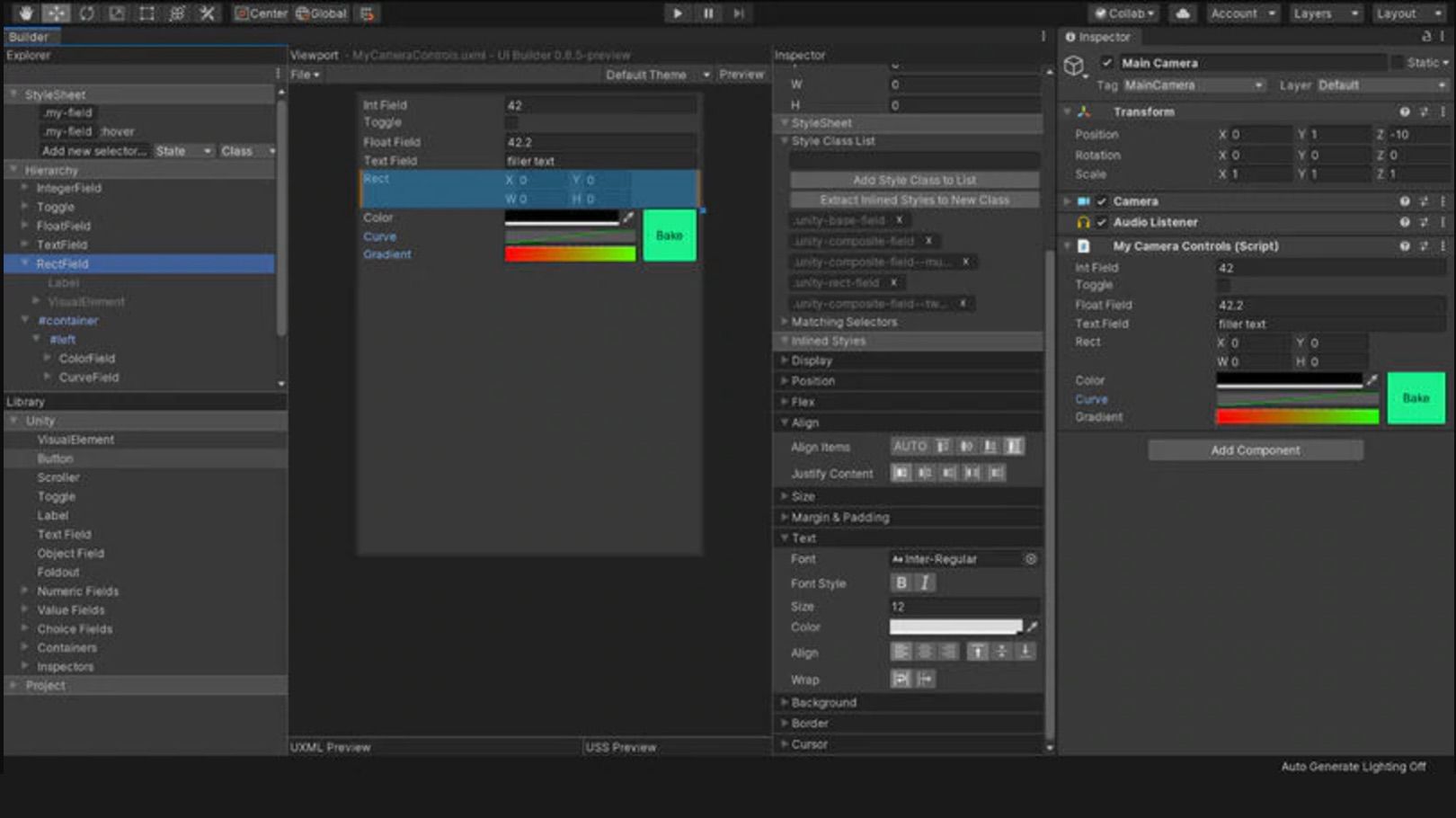
UI Toolkit(formerly UIElements), a retained-mode API, helps you create Editor tools. You build your UI hierarchy of objects while the system renders it optimally, for better overall performance. By decoupling hierarchy and styling from functionality, UI authoring is more approachable for both programmers and artists with UI Builder.
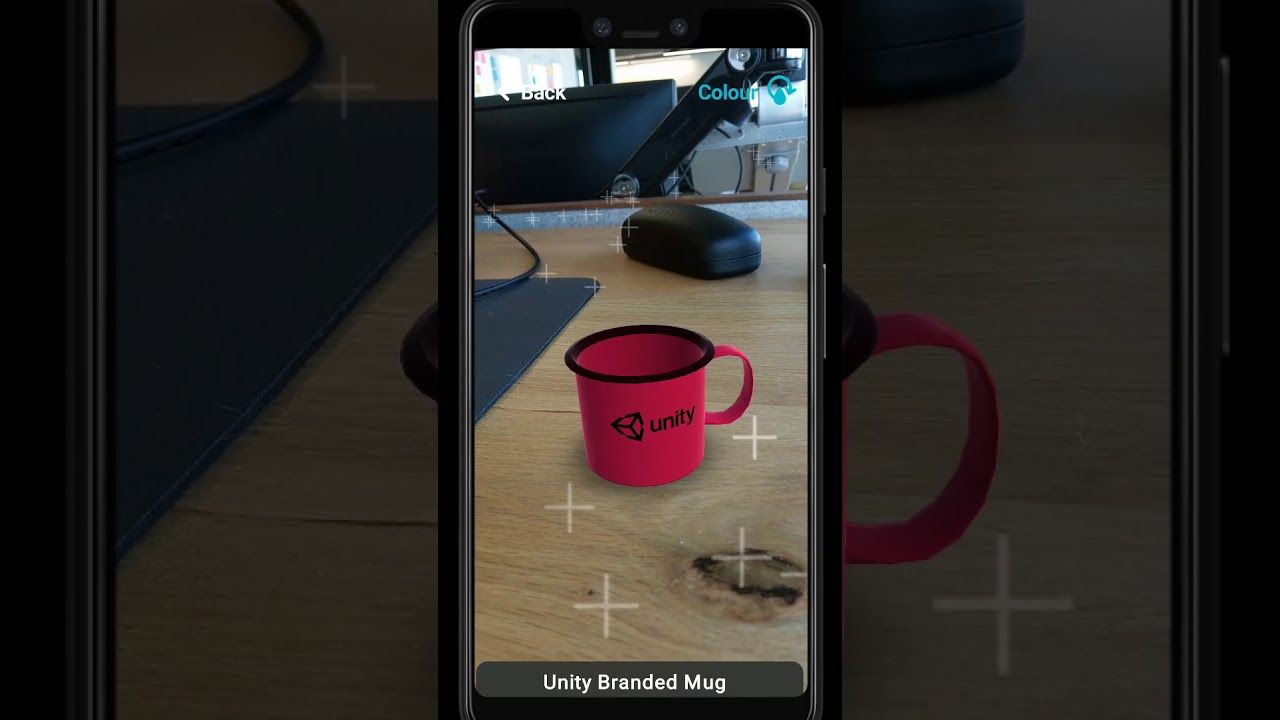
Unity as a Library lets you insert features powered by Unity directly into your native mobile applications, including 3D or 2D real-time rendering functions, such as augmented reality, 2D mini-games or 3D models, and more.
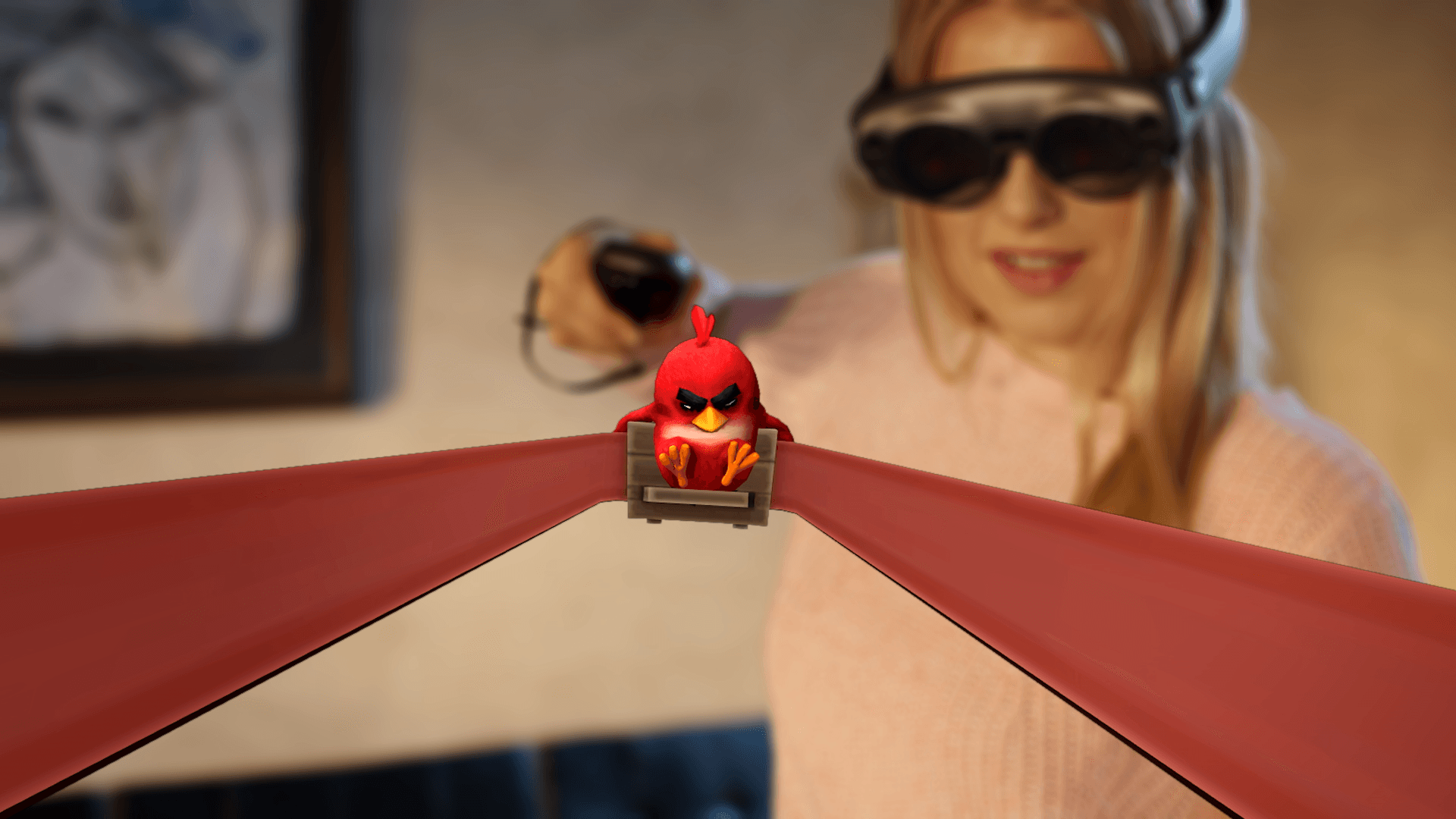
AR Foundation combines the full power of the Unity platform with essential core features from ARKit, ARCore, Magic Leap, and HoloLens for rich immersive AR applications that you can build once and deploy across platforms.
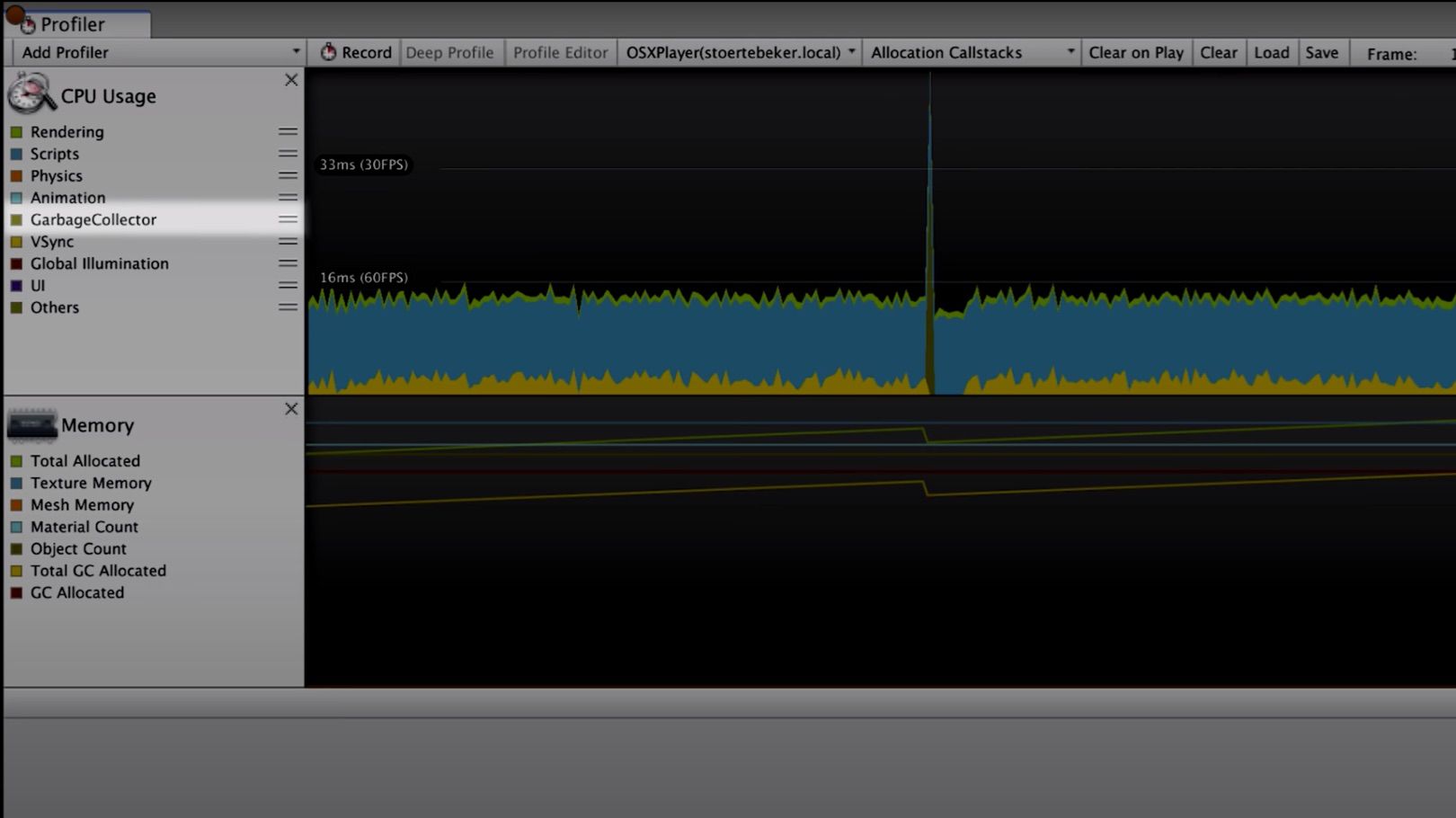
With incremental garbage collection, rather than processing garbage collection all at once, we split the operation over a number of frames. This helps reduce occasional spikes in CPU usage due to garbage collection.
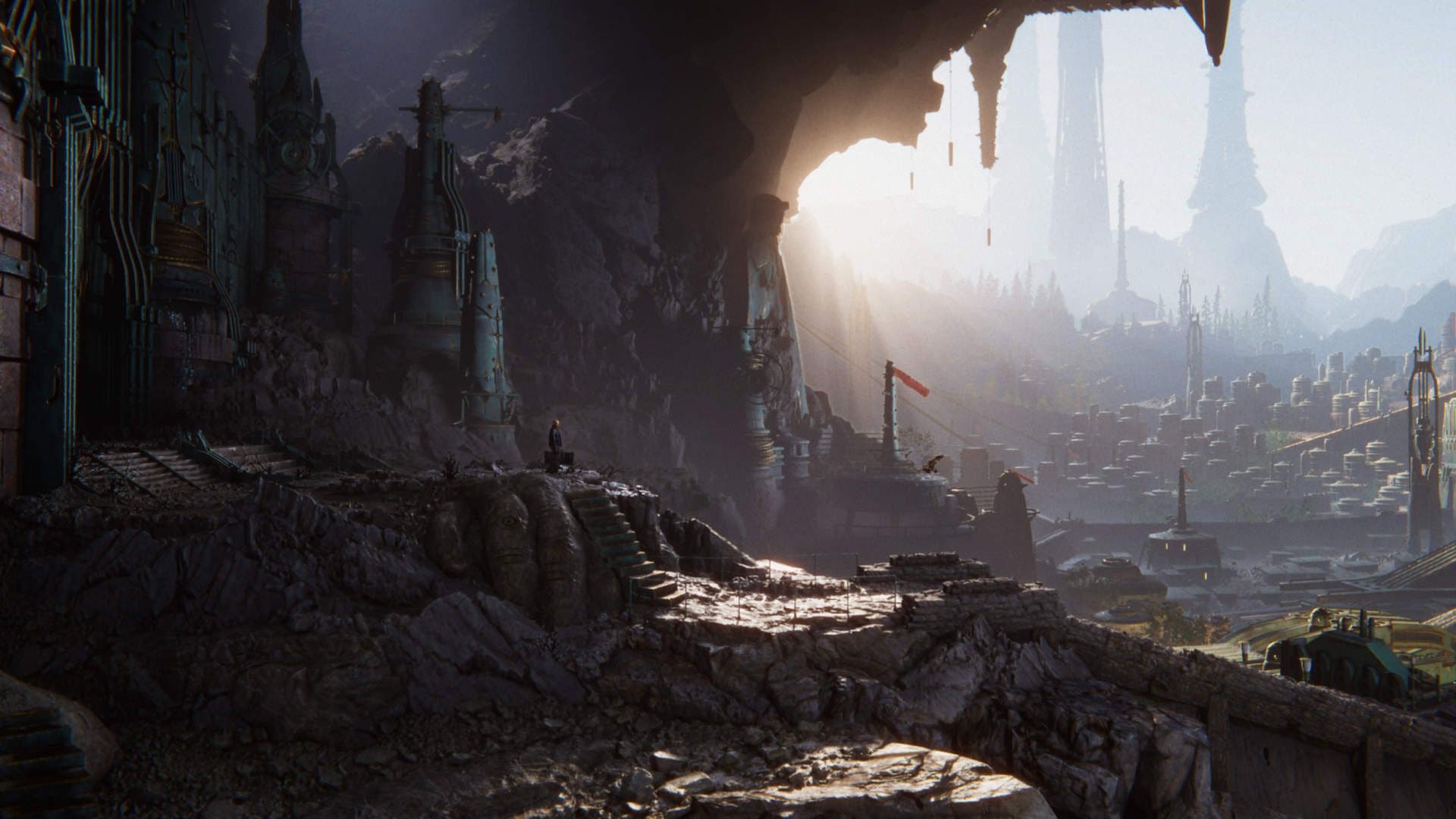
We prepared a series of upgrade guides to help you go from Unity 2017 LTS or Unity 2018 LTS to Unity 2019 LTS. For complex productions with a high number of dependencies, find out how our Success Plans can ensure the upgrade process goes smoothly.

Making the current LTS stream the most stable version of Unity is our top priority. Biweekly updates are intended to address crashes, regressions, issues that affect the wider community or console SDK/XDKs, and any major issues that would prevent a large number of developers from shipping their projects.

We’re committed to supporting 2019.4 LTS releases with biweekly fixes until mid-2021, and then monthly updates until mid-2022.
Unity 2018.4 is now the legacy LTS and will be updated once every month until it reaches the end of its support cycle in spring 2021.
Looking for a specific Unity LTS release? We’ve organized all LTS releases in one simple archive page. Or subscribe to our RSS feed and get access to the latest LTS as soon as it’s released.